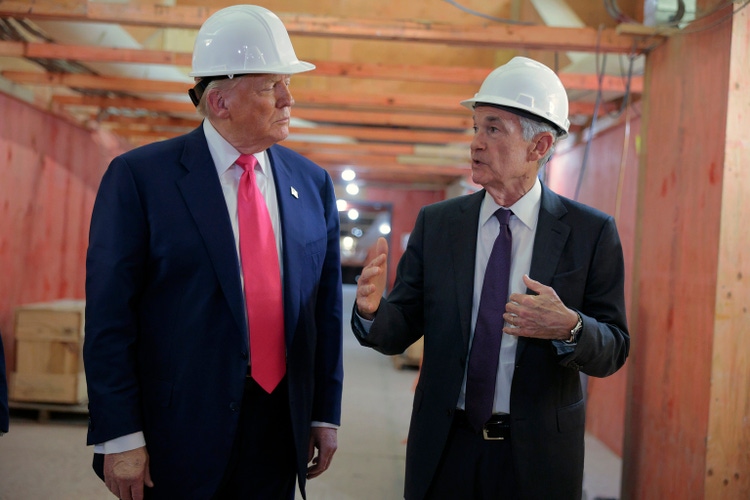In a significant blow to India-US trade relations, American President Donald Trump signed an executive order imposing a flat 25 per cent tariff on all goods imported from India. The order, dated July 31, makes no product-level exemptions and will remain in force until a bilateral agreement is reached between the two countries.
According to the Global Trade Research Initiative (GTRI), this sweeping tariff regime is among the harshest the US has ever enacted against a major trading partner. The executive order outlines that goods from countries listed in Annex I—India being one of them—will continue to attract these additional ad valorem duties until “meaningful trade and security agreements” are concluded.
No Sector Spared: Pharma, oil, electronics to bear brunt
GTRI noted that from August 7, 2025, all Indian exports to the US will attract a uniform 25 per cent tariff, in addition to the standard Most Favoured Nation (MFN) duties. The move offers no sectoral carve-outs for critical segments like pharmaceuticals, petroleum, and electronics, threatening to derail billions in trade.
This includes major export items such as petroleum products (valued at $4.1 billion in FY2025), smartphones ($10.9 billion), and pharmaceutical goods ($9.8 billion). Other vulnerable sectors include engineering goods, textiles, and semiconductors.
Indian exports may shrink by 30% in FY2026
Preliminary estimates by GTRI suggest India’s total goods exports to the US could drop by nearly 30 per cent in FY2026—from $86.5 billion in FY2025 to around $60.6 billion. The steep decline is attributed not only to the direct impact of the tariffs but also to the lack of transition support or phased implementation.
Interestingly, the US has extended tariff exemptions to nations with whom it has secured trade agreements. These carve-outs apply to sectors such as pharmaceuticals (including APIs and essential drug ingredients), energy (like crude oil and natural gas), and high-tech electronics (including smartphones and integrated circuits). India, currently outside any such framework, receives no such relief.
Temporary window for goods in transit
Goods from India that are already en route to the US will enjoy earlier tariff rates—mostly around 10 per cent until October 5, 2025. Exceptions exist for items like steel and aluminium, which are already subject to 50 per cent tariffs. However, uncertainty remains over whether the new 25 per cent duty is cumulative on existing rates for steel and automobiles.
According to analysts, India’s most impacted export categories—petroleum, pharmaceuticals, and electronics—are also those with high import content and relatively low domestic value addition. This means the tariff shock may reverberate not just across trade metrics but also within India’s manufacturing ecosystem, especially in MSMEs and contract assembly units.

 15 hours ago
1
15 hours ago
1







 English (US) ·
English (US) ·